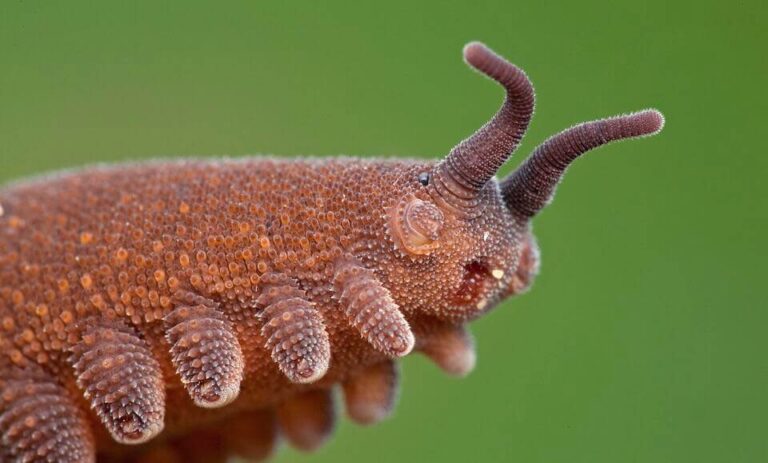Long-Eared Owl: Habitat, Diet, Behavior, and Conservation
The Long-Eared Owl (Asio otus) is a fascinating bird of prey that captures attention with its striking appearance and mysterious nature. Known for its elongated ear tufts and keen hunting abilities, this owl inhabits various regions worldwide. This article delves into the world of the Long-Eared Owl, exploring its scientific classification, physical characteristics, habitat, behavior, diet, reproduction, predators, conservation status, and more. Let’s get started!
Contents
Scientific Classification
- Kingdom: Animalia
- Phylum: Chordata
- Class: Aves
- Order: Strigiformes
- Family: Strigidae
- Genus: Asio
- Species: Asio otus
The Long-Eared Owl belongs to the Strigidae family, which includes true owls. Its genus, Asio, also contains other species of owls with prominent ear tufts.
Physical Characteristics

The Long-Eared Owl is aptly named for the long, feathered tufts on its head that resemble ears, though they do not serve any auditory function. These tufts are often used to help the owl blend into its surroundings, making it less visible to predators.
- Size: 31 to 40 cm (12 to 16 inches)
- Wingspan: 86 to 100 cm (34 to 39 inches)
- Weight: 220 to 435 grams (7.7 to 15.3 ounces)
- Plumage: The owl’s plumage is mottled brown and gray, with streaks that provide excellent camouflage.
- Eyes: Large, piercing orange-yellow eyes give the Long-Eared Owl excellent night vision.
- Ear Tufts: While these tufts are more visible when the owl is alert, they can be flattened against the head when the bird is relaxed or hunting.
Habitat and Distribution
The Long-Eared Owl is a highly adaptable species across Europe, Asia, North America, and Africa. It prefers dense woodlands, coniferous forests, and shrublands but is often found near open fields that provide hunting grounds.
- Preferred Habitat: Dense forests for nesting, with nearby open areas for hunting.
- Range: Found in temperate zones across the Northern Hemisphere.
- Migration: The Long-Eared Owl may migrate southward in colder regions to avoid harsh winters, though some populations are non-migratory.
Behavior

The Long-Eared Owl is primarily nocturnal, hunting at night and resting during the day. It is a solitary bird except during the breeding season or when forming winter roosts. These owls are known for their silent flight, enabled by the soft edges of their wing feathers.
- Roosting: Long-eared owls roost in dense foliage during the day, becoming almost invisible due to their cryptic plumage.
- Social Behavior: In winter, they sometimes form communal roosts consisting of several dozen owls.
Diet and Hunting
The Long-Eared Owl is a skilled hunter, relying on its excellent hearing and vision to locate prey in the dark. It primarily feeds on small mammals but occasionally eats birds, reptiles, and insects.
- Primary Diet: Small rodents, such as voles, mice, and shrews.
- Hunting Style: They hunt from a perch, swooping down silently on their prey.
- Auditory Capabilities: The owl’s asymmetrically placed ears allow it to pinpoint the exact location of sounds, even in complete darkness.
Reproduction and Life Cycle
Breeding season for the Long-Eared Owl typically begins in early spring. Unlike many birds, this owl does not build its nests, preferring to use abandoned nests of other large birds or occasionally tree cavities.
- Breeding Season: March to May
- Clutch Size: 3 to 8 eggs
- Incubation: About 25 to 30 days, with only the female incubating while the male provides food.
- Fledging: Young owls leave the nest after about 21 to 24 days but continue to rely on their parents for food until they can hunt independently.
Predators and Threats
While adult Long-Eared Owls have few natural predators due to their nocturnal habits and camouflaging abilities, their eggs and young can fall prey to various animals.
- Predators: Hawks, eagles, and more giant owls, such as the Great Horned Owl, may prey on Long-Eared Owls.
- Threats: Habitat loss and collisions with vehicles and power lines are significant threats to owl populations.
Conservation Status
The Long-Eared Owl is listed as Least Concern by the IUCN, indicating a relatively stable global population. However, habitat destruction and environmental changes have caused declines in certain regions. Conservation efforts focus on preserving woodland areas and reducing human-wildlife conflict.
- Conservation Measures: Protecting forest habitats, reducing pesticide use, and monitoring population trends are critical for safeguarding this species.
Interesting Facts
- Silent Flight: The Long-Eared Owl’s feathers are specially adapted for silent flight, making it nearly undetectable to prey.
- Communal Roosting: During the winter, Long-Eared Owls may roost together in groups, with some roosts containing over 100 individuals.
- Asymmetric Ears: The owl’s ears are placed at different heights on its head, allowing it to triangulate sounds for precise hunting.
Evolutionary History
The Long-Eared Owl belongs to the family Strigidae, which is one of the oldest and most diverse groups of birds, dating back millions of years. Fossils of related species suggest that these owls have evolved highly specialized features, such as their silent flight and advanced hearing, to adapt to nocturnal hunting.
Relationship with Humans
Long-eared owls are often seen as mysterious creatures, and their presence in folklore varies from culture to culture. In some traditions, they are viewed as omens, while in others, they symbolize wisdom and protection. Due to their nocturnal and secretive habits, these owls are rarely seen by humans, but their role in controlling rodent populations is highly beneficial to agriculture.
Conclusion
The Long-Eared Owl is a remarkable bird of prey known for its unique physical characteristics, nocturnal behavior, and important ecological role. Though listed as Least Concern, continued conservation efforts are necessary to protect its habitat and ensure its survival. With its silent flight, incredible hunting skills, and adaptability, the Long-Eared Owl remains one of the night’s most intriguing and elusive creatures.
- Are Rottweilers Good With Kids? Reasons & Training Tips - 17 September 2025
- How Long Are Dogs Pregnant: Complete Guide - 16 September 2025
- German Shepherd Doberman Mix: Info, Pictures, Care & More - 11 September 2025







